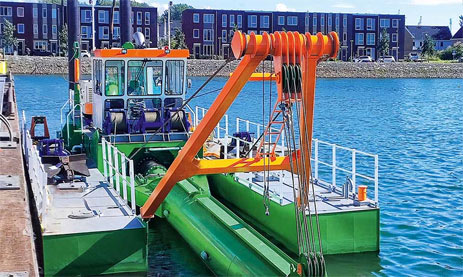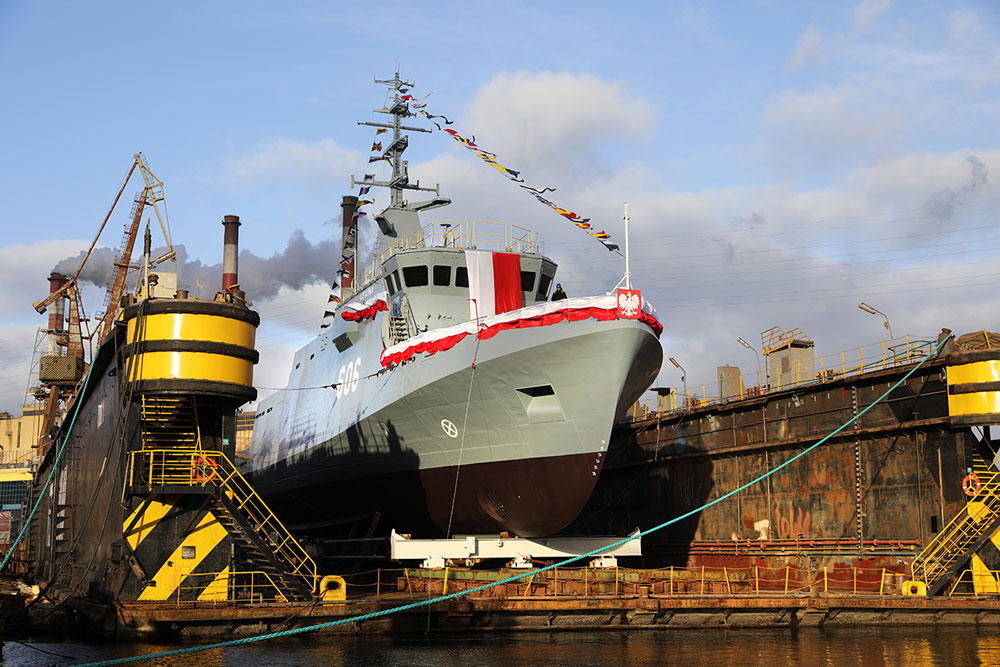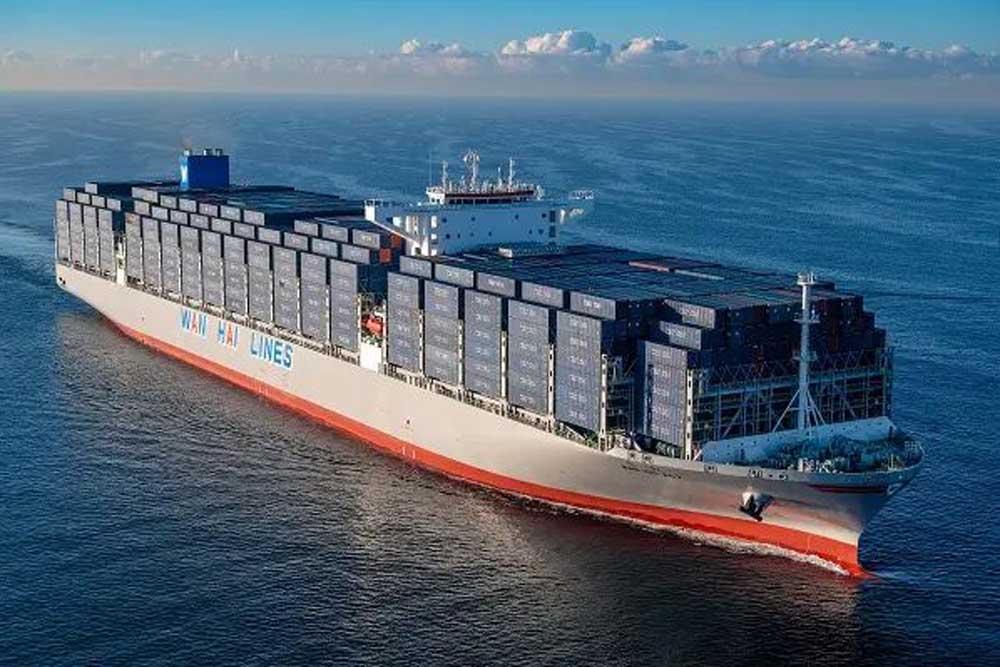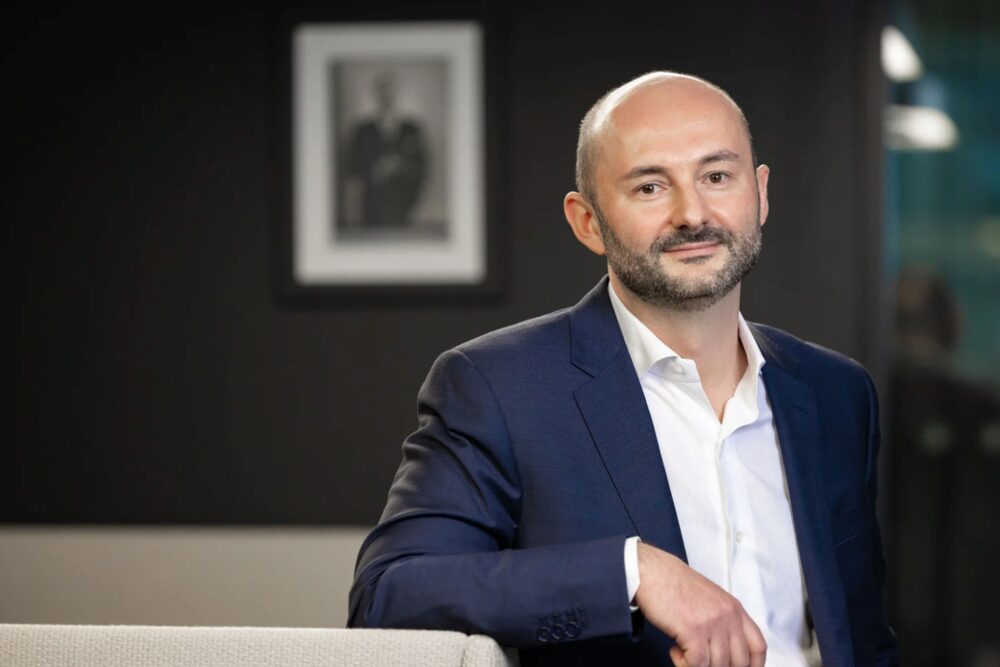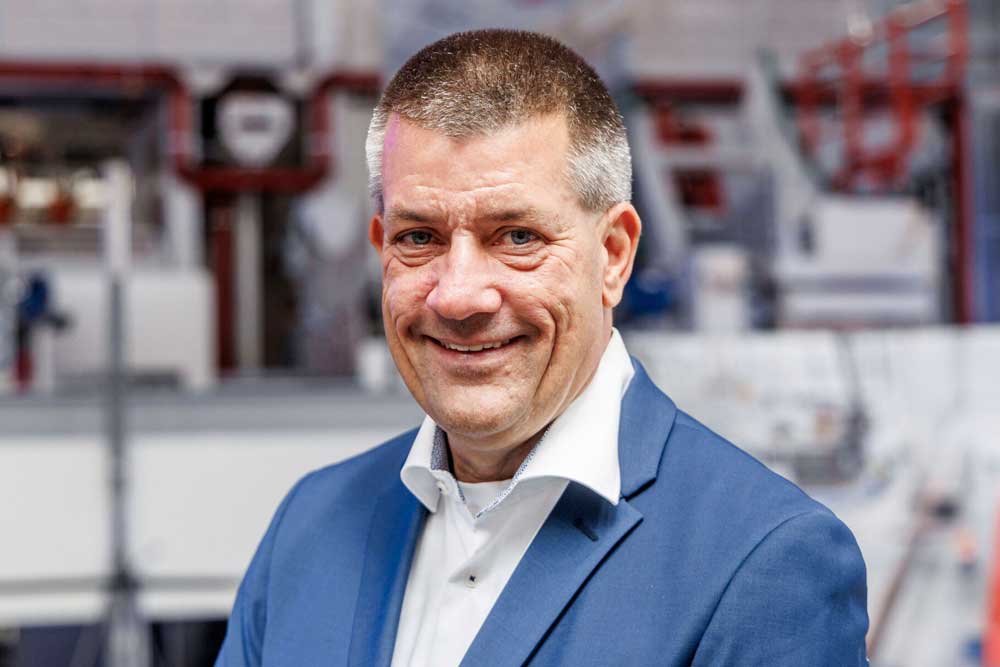Conoship and Bouman Industries announce joint venture to build ship-based carbon capture systems, while Erma First receives an AIP for an Onboard Carbon Capture (OCC) system.
Conoship International and Bouman Industries have entered into an agreement to build ship-based carbon capture systems. The aim is to reduce the carbon emissions of the existing fleet and new ships. [ds_preview]
Bouman Industries and its subsidiary Corbotreat are known for their land-based carbon capture systems. “With this joint venture, Carbotreat Maritime, we are developing these systems for use on ships to reduce CO2 emissions in the maritime sector,” said Geert Dokter, CEO of Conoship International.
The joint venture is the result of a four-year collaboration with TNO and Bouman. Conoship has researched and developed the maritime application of this technology, in particular for LNG-powered vessels. As part of the international research project on CO2 capture EverLoNG, two CO2 capture systems are currently being developed in case studies for the “Sleipnir” from Heerema and an LNG tanker from Total Energies.
According to the companies, CO2 emissions can be reduced by up to 95% using CCS. The captured CO2 can be cooled and stored on board. On land, it can be reused to produce synthetic methane. A promising step towards a closed carbon cycle.
“The integration of the CO2 capture system into the original ship design at Conoship is an optimal solution. However, carbon capture system installations are also suitable for modernizing the existing fleet,” it says.
Carbon capture: success for Erma First too
Meanwhile, Erma First has received approval in principle (AiP) from the classification society DNV for its amine absorption-based onboard carbon capture (OCC) system.
The AiP was preceded by a feasibility study by the company for onboard carbon capture (OCC) on RoRo ships. With the AiP, the classification society confirms that the proposed design is approved for installation on board ocean-going vessels.
Erma First’s system utilizes amine absorption technology and a proprietary amine solvent to absorb CO2 from flue gases. When heated, the chemical reaction reverses the absorption and separates the CO2 from the solvent. The released CO2 is then liquefied and stored on board under cryogenic conditions. The regenerated solvent can be reused
“Our OCC system will be one of the first on the market and this AiP is a significant achievement for ERMA FIRST’s research and development team. We look forward to continuing our collaboration with DNV as the project progresses and to installing and operating a pilot system on board a DNV-classed vessel,” says Konstantinos Stampedakis, Co-Founder and Managing Director of Erma First.








